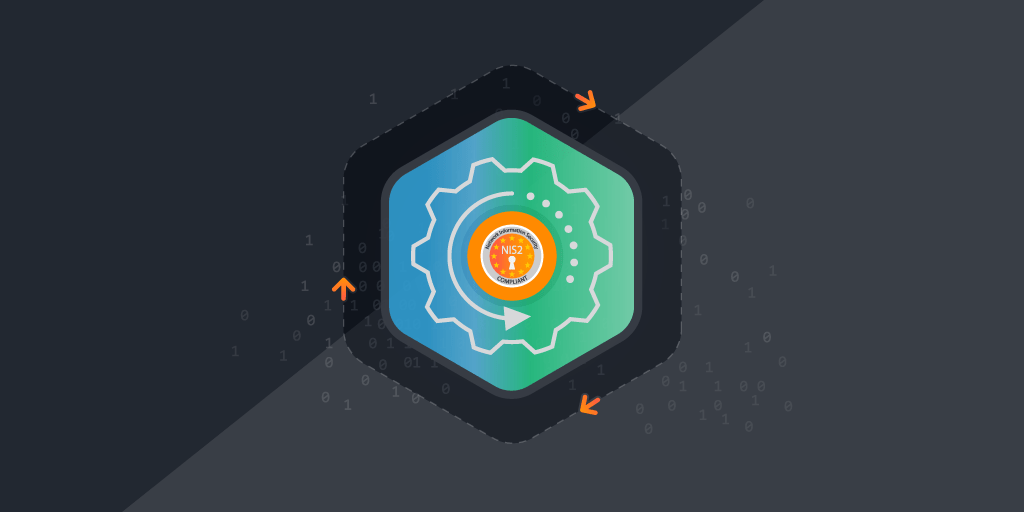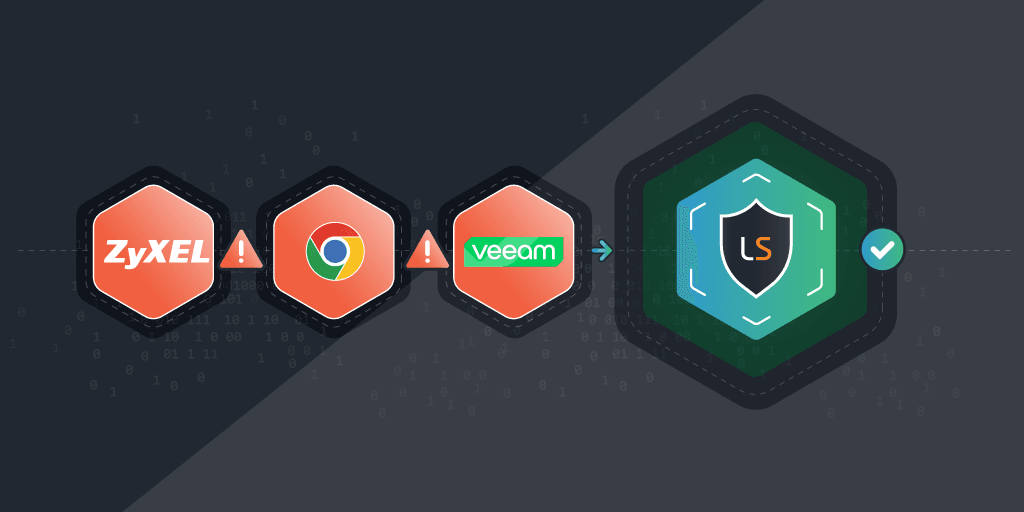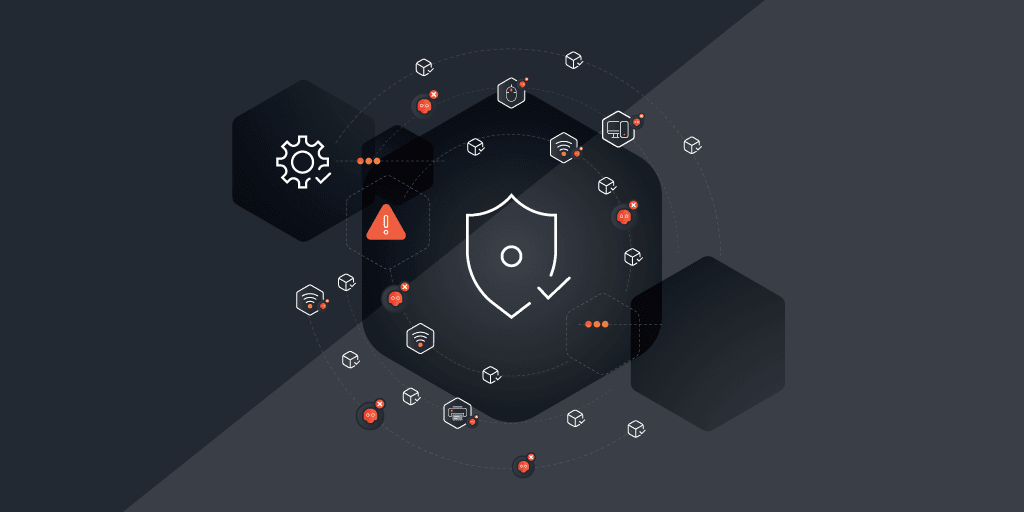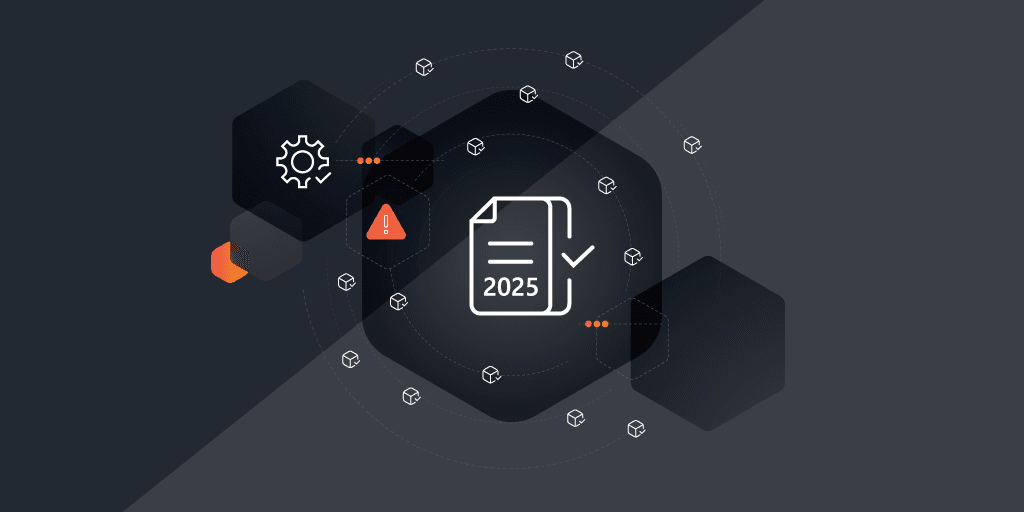
In previous blogs, we have talked about vulnerability management and how to handle a security incident if one occurs. But what if things go wrong and we’re looking at more than just an incident, a real crisis? NIS2 article 21(c) asks organizations for a business continuity plan, including backup management, disaster recovery, and crisis management.
Since the directive targets essential and important entities, it makes sense that these organizations would need to be able to continue to function in a crisis. Learn what you need to know to keep your business going in a crisis and how Lansweeper can help.
What Is Business Continuity and Why Do You Need It?
Business continuity refers to the policies and processes that allow an organization to continue essential business functions in case of major disruptions or a disaster. It involves creating plans and procedures for how to prevent, mitigate, and recover from major disruptions in business operations as quickly as possible. These disruptions can range from cyber attacks and power outages to natural disasters.
The goal of business continuity is to minimize downtime and financial losses and to maintain critical operations during and after a crisis. This usually starts with identifying the key business processes and resources. The most important part is doing everything to safeguard these in case of major disruptions and to restore full day-to-day function as quickly as possible. It involves assessing all risks and developing response and recovery plans accordingly, establishing clear lines of communication, and regularly testing and updating these plans to ensure their effectiveness.
Organizations of all sizes and industries can benefit from business continuity planning. It doesn’t just sustain operations when faced with a crisis. It also protects their reputation, maintains the trust of their customers, and helps to meet legal and regulatory requirements.
There are additional advantages to a business continuity plan. When establishing such a plan, companies need to assess potential weaknesses and gather key information about their most essential resources and processes. This information can be very valuable to improve your organization’s communication, technology infrastructure, and resilience, even outside of an immediate disaster.
Essential Components of Business Continuity
Before you can get started on planning your business continuity, you will need to perform a Risk Assessment and a Business Impact Analysis. Identify the essential resources and processes in your organization. Then assess any potential risks and their impact on critical business functions and the organization as a whole.
From there on you can start planning your business continuity strategy, to ensure that those critical functions can remain operational in a crisis. This can involve redundancies in systems, facilities, and personnel as well as supply chain arrangements.
Once you have your strategy in place to keep your business up and running at least at minimum capacity, you can start to consider your emergency response and crisis management. In other words, how you will handle the actual crisis at hand. Make sure that there are clear roles and responsibilities. Put an efficient decision-making process in place and always keep the lines of communication open. This ensures a coordinated response in high-stress situations.
All these things are essential parts of the overall Business Continuity Plan. Once you have these in place, create detailed plans outlining specific steps to be taken before, during, and after a disruptive event. Focus on minimizing downtime and ensuring the continuity of critical operations. These plans typically also address things like employee safety, IT systems, data backup and recovery, supply chain management, and stakeholder communication.
The Specifics of Backup Management, Disaster Recovery, and Crisis Management
Backup management, Disaster Recovery, and Crisis Management are all key subsets of business continuity management. They are key components of the process and each focuses on their own specific procedures and outcomes.
Disaster recovery
Business Continuity and Disaster Recovery have an inextricable link. Business continuity is mostly about keeping the organization operational during a disruption. On the other hand, the main focus of disaster recovery is to restore all processes and operations to business as usual as quickly as possible. To that end, it mainly focuses on having reliable data backups and making them easily accessible after a disaster.
A quick recovery after a major disruption is paramount to maintaining stakeholder trust. It shows your organization is resilient and reliable, even in times of crisis.
Backup Management
In order for your Disaster Recovery Plan to swiftly recover your data after a crisis, you need proper Backup Management to safeguard your data. Backup management refers to the planning, implementation, and oversight of backup systems and processes to ensure the availability and integrity of critical data and information.
This is usually done by regularly copying and storing data in secondary or offsite locations. This helps to prevent data loss caused by hardware failures, human errors, cyber-attacks, or other unforeseen events.
Full and up-to-date data backups are invaluable to ensure a quick and full recovery after a crisis. Since manual backups are time-consuming and prone to human error, many organizations choose to automate the process. There is a wide selection of tools available on the market – both agent-based and agentless – that you can choose from to fit your company’s needs.
Crisis Management
Crisis management is a subset of business continuity that deals with the steps taken during a crisis to minimalize its impact. Its focus is wider than just the impact of a disruption on the organization, its operations, and potential losses. It also safeguards the business’s reputation.
It ensures clear and open communication with stakeholders and customers. It also protects your legal interests, as well as the well-being of employees. Crisis management relies on an immediate response, clear communication and decision-making, and decisive leadership.
Be Ready for Any Challenge With Lansweeper
A good business continuity plan starts with identifying your key resources. Lansweeper’s unrivaled discovery capabilities ensure that you always have a full inventory of your IT assets and their dependencies. Thanks to the visual aid of diagrams, you can locate essential systems at a glance. The risk insights feature helps you get ahead of possible threats by facilitating your risk assessment.
On top of your IT assets, Lansweeper also inventories your backup agents and versions. Track and report on your agents’ status to ensure that your backups and disaster recovery services are always enabled and up-to-date.
Navigating NIS2 with Lansweeper
Learn how to prepare and navigate the complex terrain of NIS2 compliance.
GET STARTED

